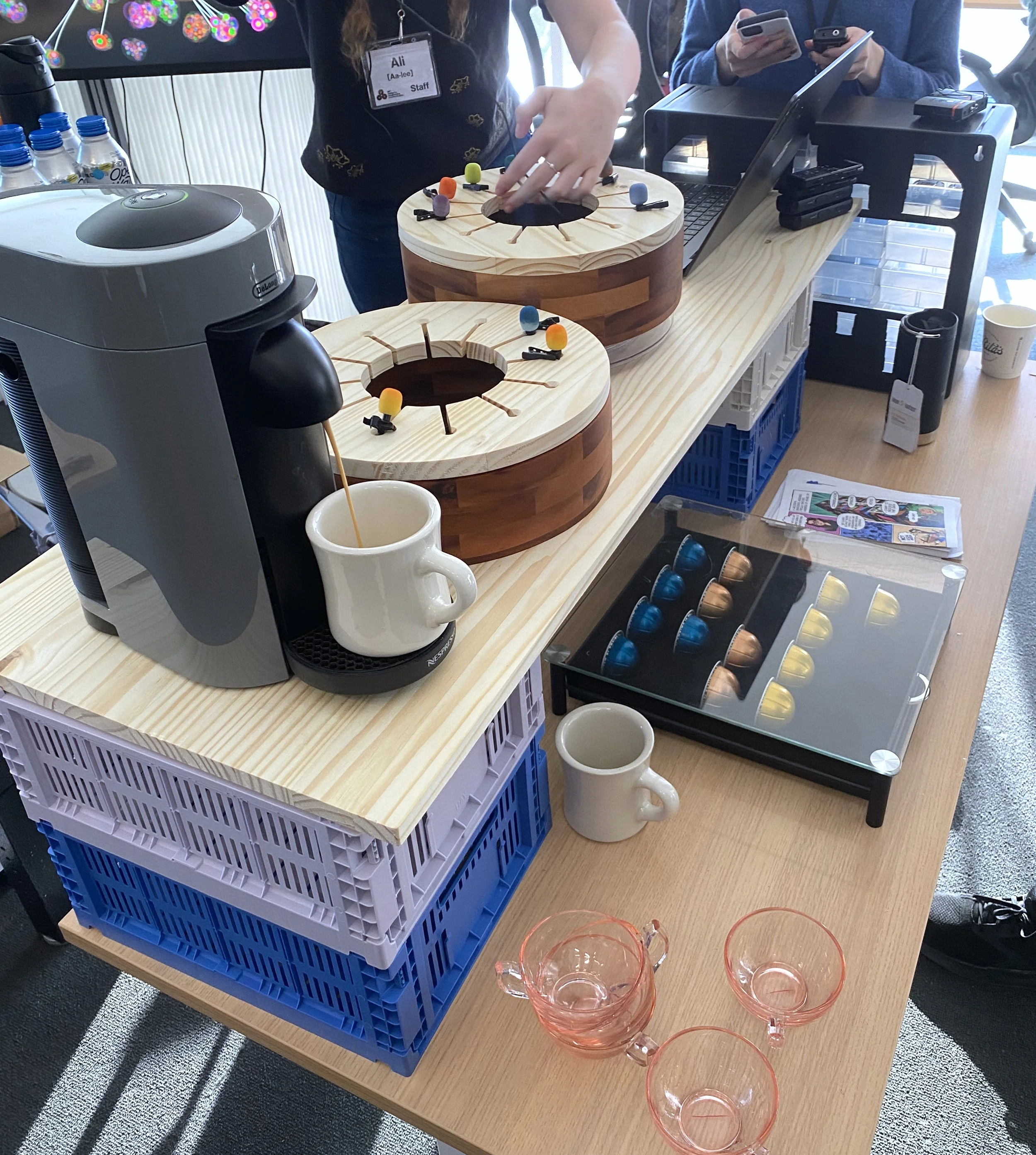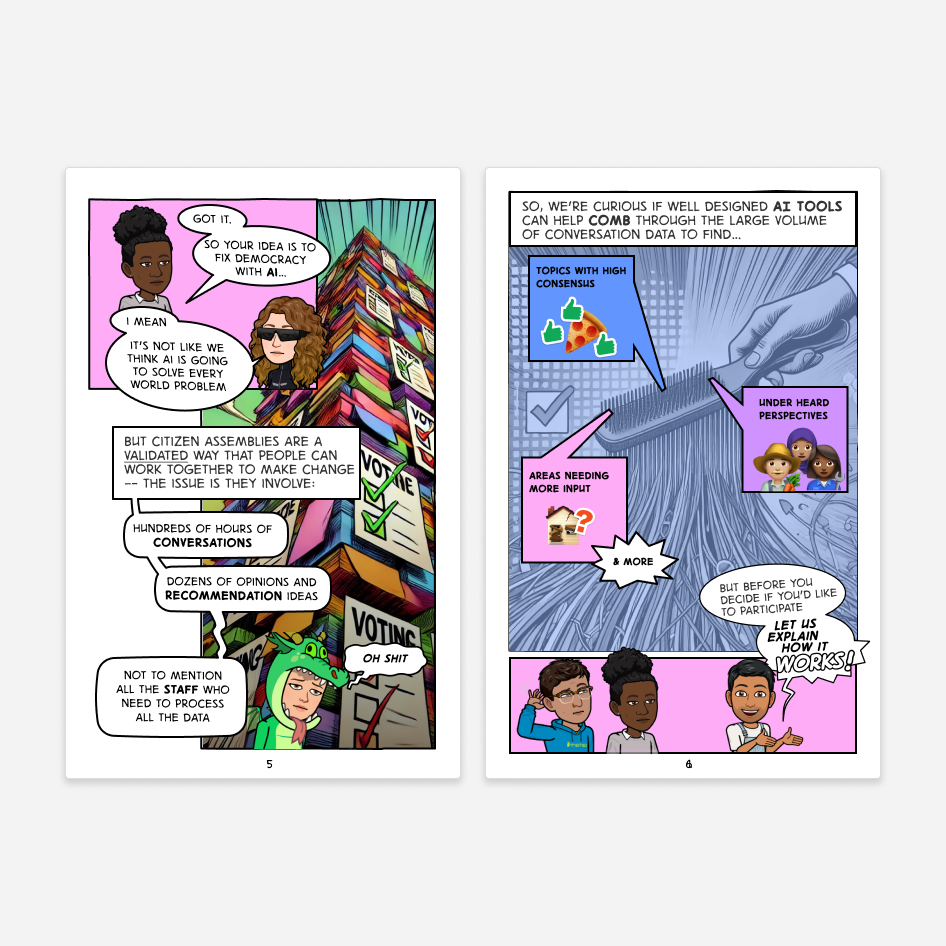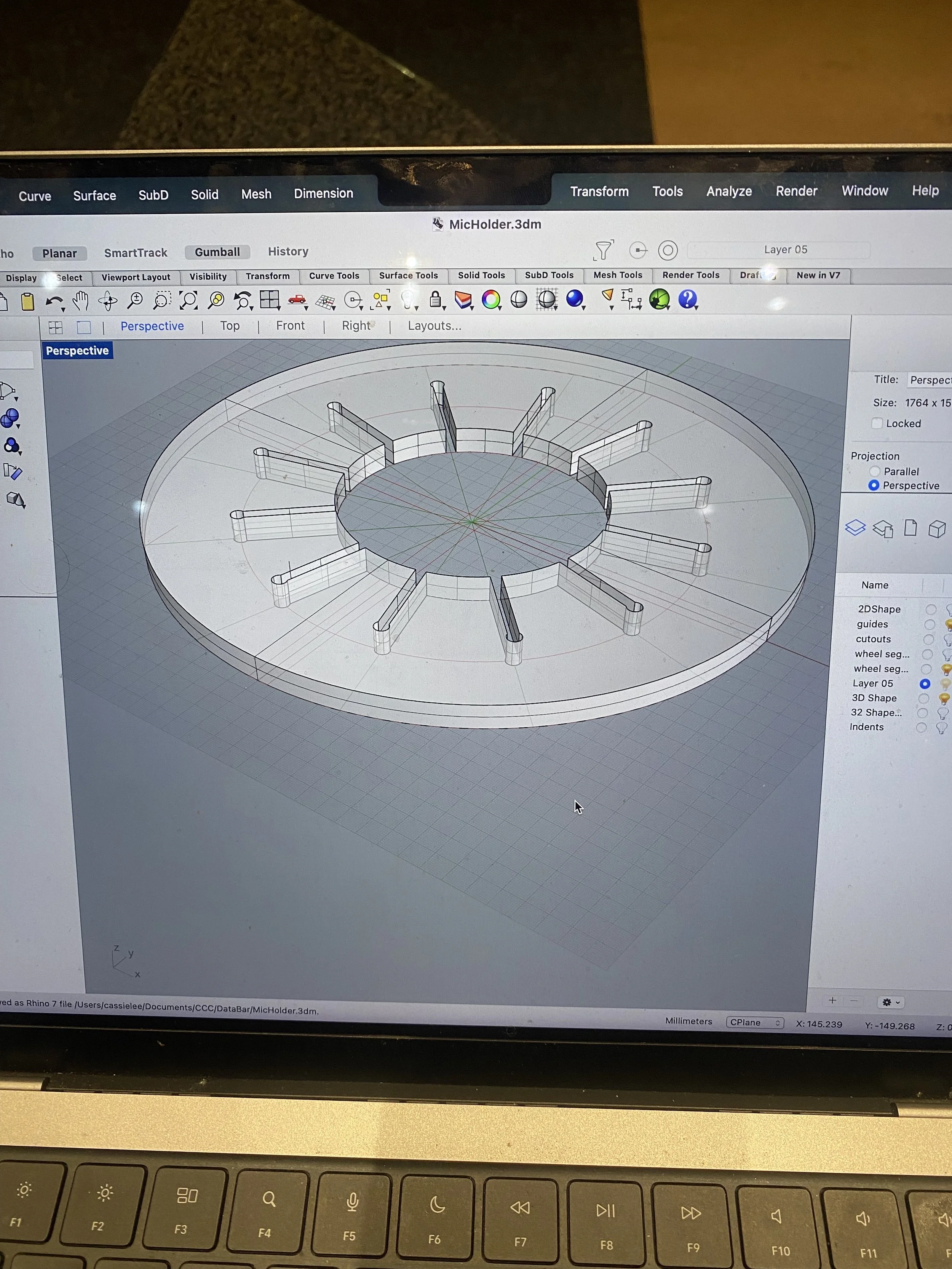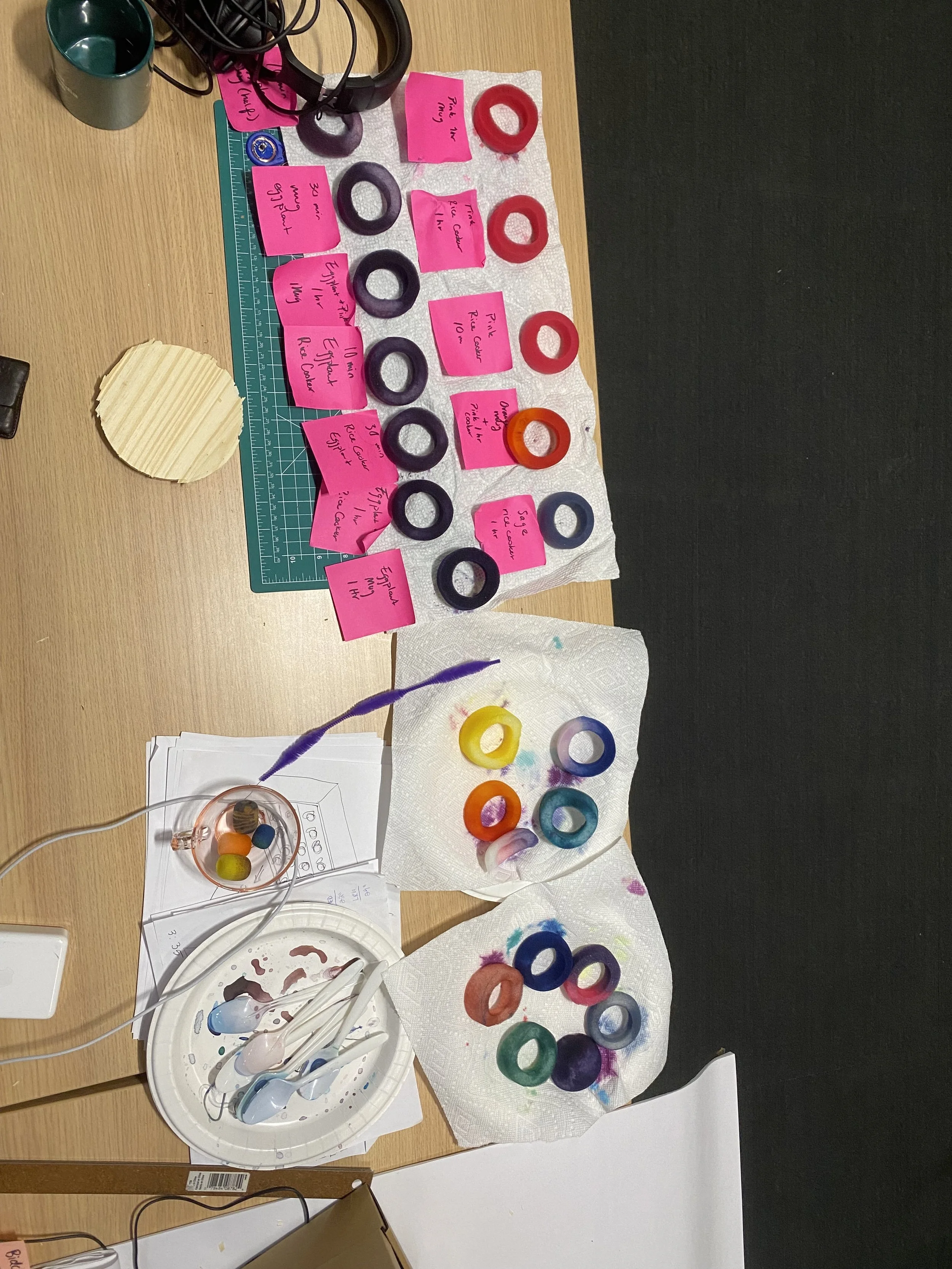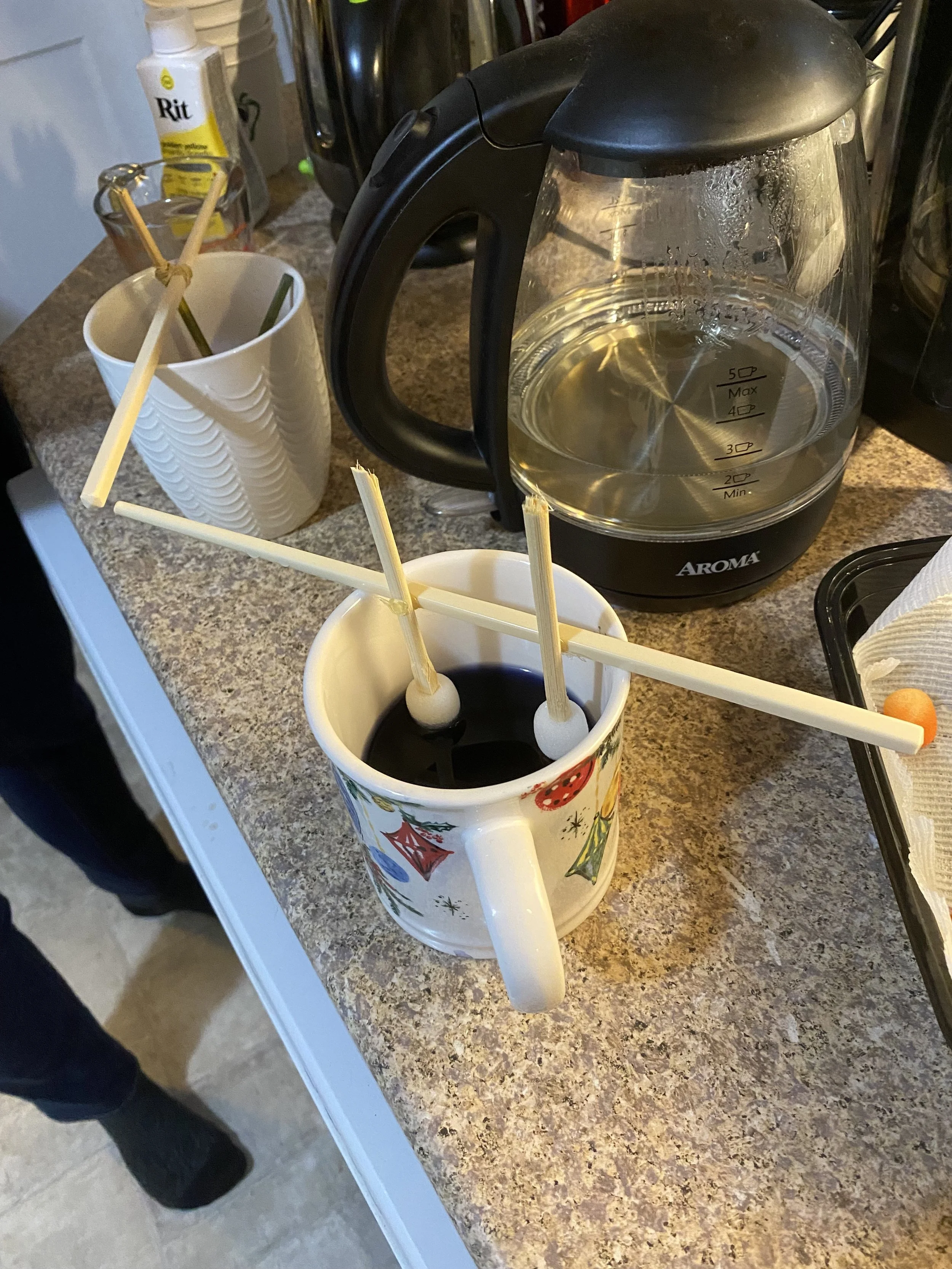
How might we introduce audio recording into democratic assemblies in a way which transparently communicates how and why the data will be used?
Overview
Inspired by the proven model of citizen assemblies worldwide, the MIT Center for Constructive Communication and partner DemocracyNext, designed, and implemented a tech-enhanced and student-focused version of a citizen assembly in January of 2025, building on a 2024 experimentation.
Since citizen assemblies involve days of breakout conversations, we were curious recording these conversations and using artificial intelligence (AI) to help discover topics with high consensus, under heard perspectives, and areas needing more input, might improve the quality of assemblies, and public trust that these assemblies sufficiently deliberated.
To help on-board delegates to audio recording and AI, I designed and developed three high-engagement interventions to transparently explain how we intend to use their data, and why electing to record has positive benefits to the collective goal of creating a more effective assembly.
The interventions were:
Data bar
Data comics
Mic Pods
Partnership: MIT Center for Constructive Communication, DemocracyNext
Role: Lead designer, fabrication lead, researcher
Time: January 2025





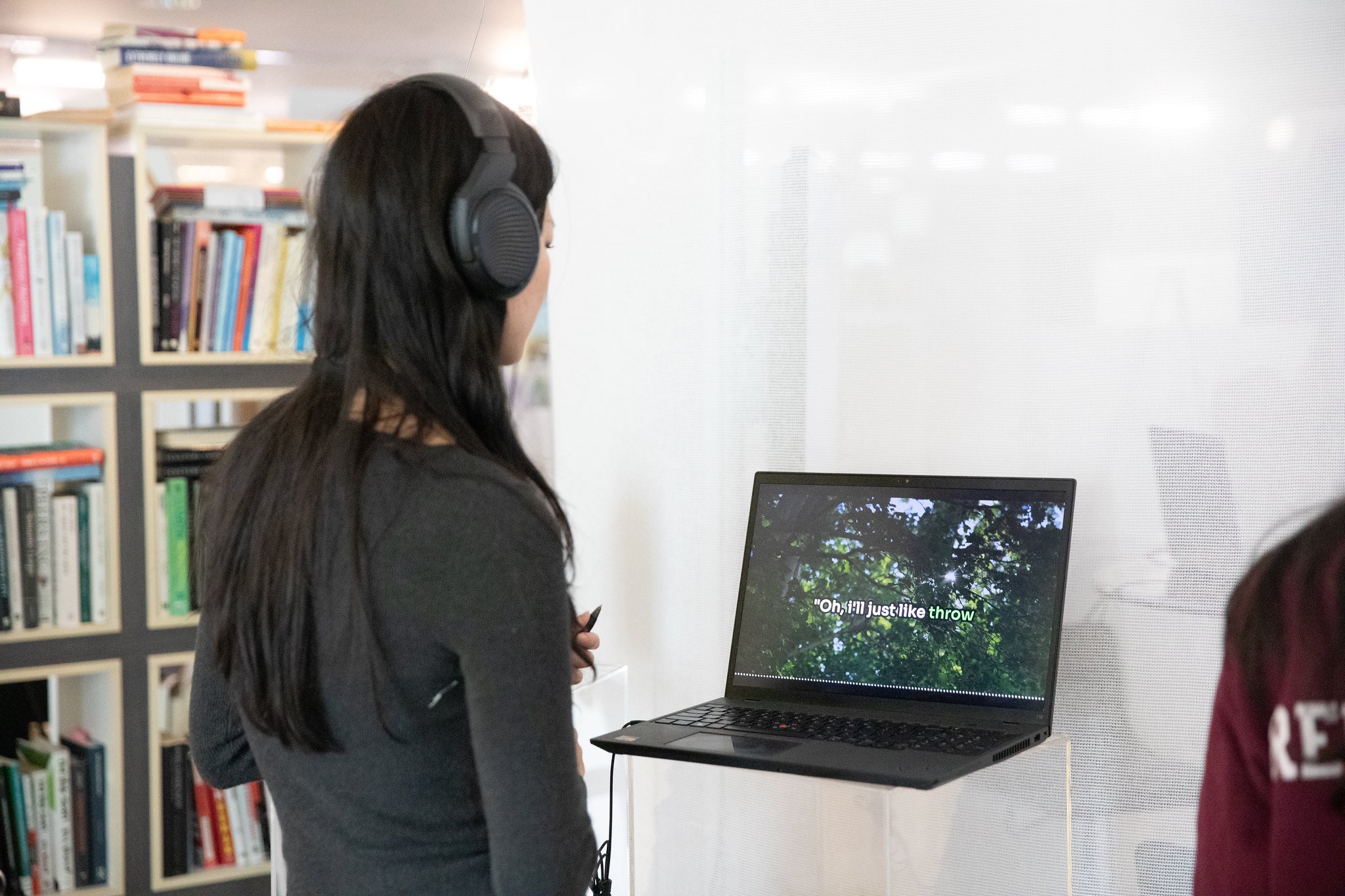



Background
A citizen assembly is a gathering of people selected by lottery who broadly represent a community. Together, they spend multiple days learning, discussing and finding common ground so that they can write recommendations for policy makers that reflect the shared values of their community.
Audio recordings and artificial intelligence are natural fits for tech-enhancing democractic , since they give organizers and participants a way to understand the hundreds of hours of conversations that make up a democractic assembly.
However, gathering consent to record conversation audio during research is a point of tension for both participants and organizers in these settings. Our past work has found that:
Delegates care about how and why their data is being used, but legal consent forms (current solution) do not adequately communicate the value of long-form recording and AI
The dry nature of consent forms lowers how much delegates actually read or pay attention to them
Data processing with AI is difficult to understand and conceptualize without expert knowledge
Consent forms not inspire specific organizer-trust, since they are generic
DESIGN QUESTION
How might we design an experiential protocol for citizen assemblies which incorporates audio recording in a way that is trustworthy, easy, and empowering.
Data Bar
-
At the beginning of the assembly, delegates are greeted with coffee. Researchers stand-by with demos and offer to show them their work while they sit, have a coffee, and review the consent form together
-
By taking the time to let delegates settle in, and personally serve them a coffee, we hope to create an atmosphere of open questions and give space to the process of understanding data during the experience.
Data Comics
-
What if consent forms were fun? I designed a 10 page comic book that communicates how the data will be used during the assembly and why using bitmoji characters directly made in likeness to the researchers.
-
By putting our faces in the front of the communication, we treat one another as interfaces to the technology, rather than expecting delegates to understand how AI works from a text document alone. This comic further makes space to ask questions and give visual language to the conceptually challenging ideas behind AI technology.
Mic Pods
-
Custom dyed lapel mic heads in a round wooden encasing. Delegates can choose what color mic they wear for the day, and return it to this circular arrangement.
-
Instead of hiding the microphones, we wanted to make them super obvious. The circular design of the pod implies that delegates are part of a whole, and that their voice is a contribution to a collective.
Next Steps:
Spring 2025: controlled online experiment to compare engagement and trust using data comics compared to consent forms
Spring 2025: Release overview of qualitative findings captured during the experience
